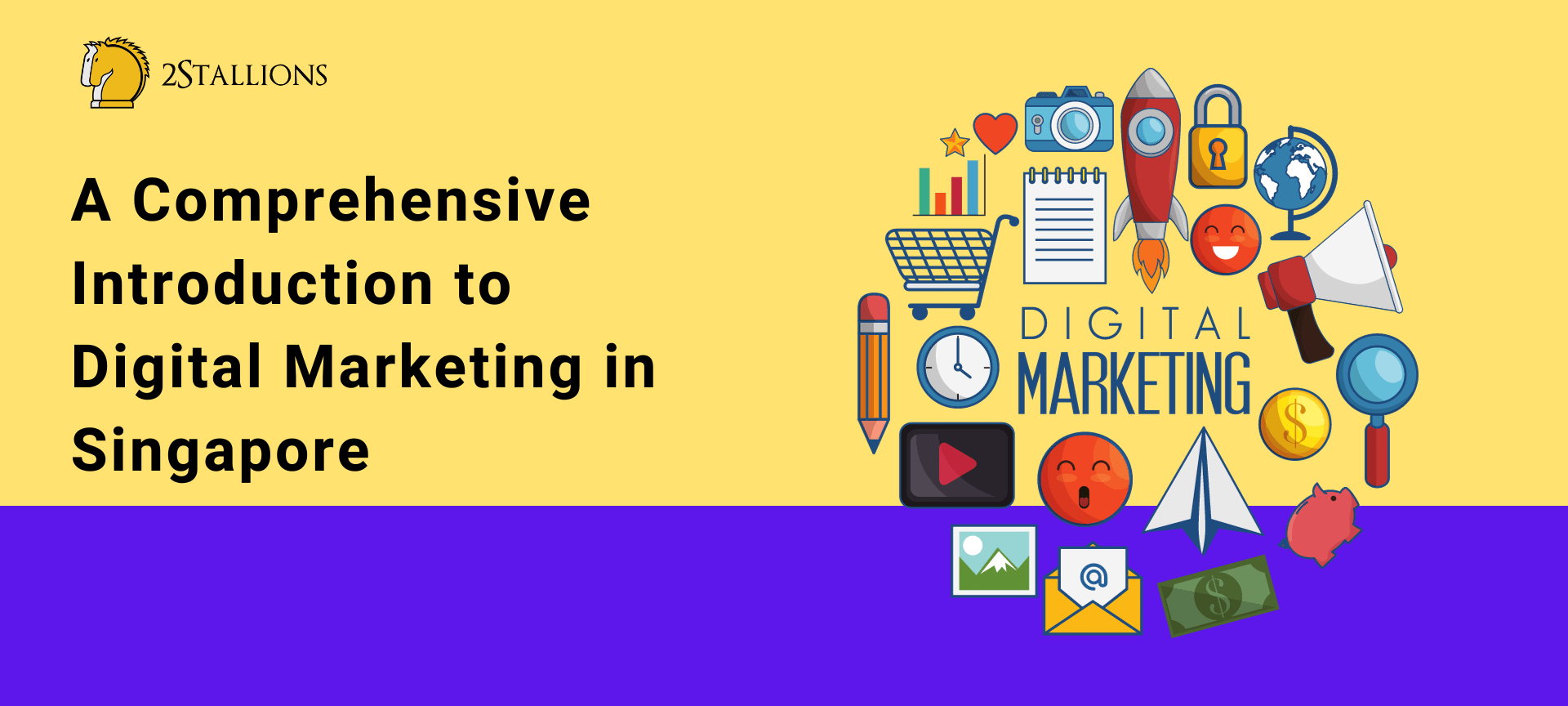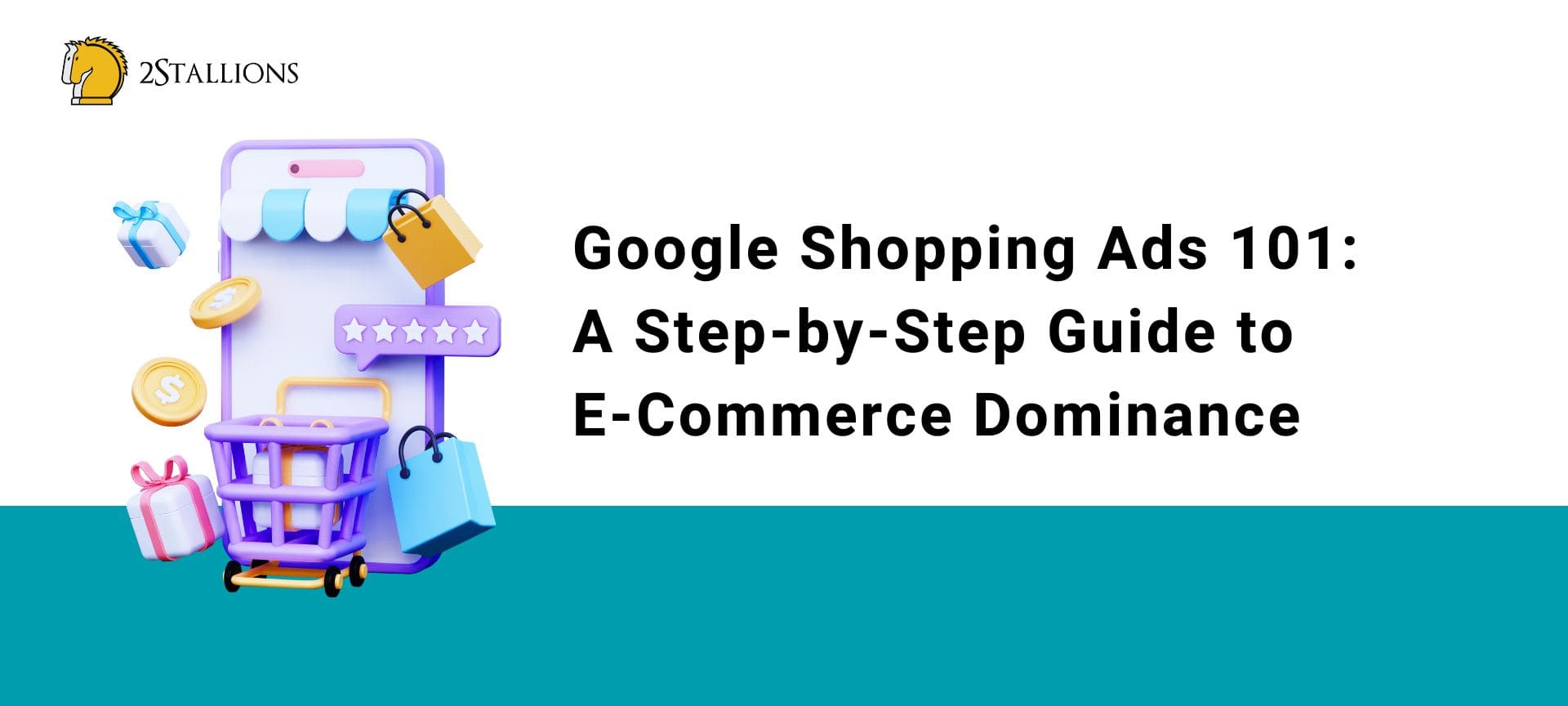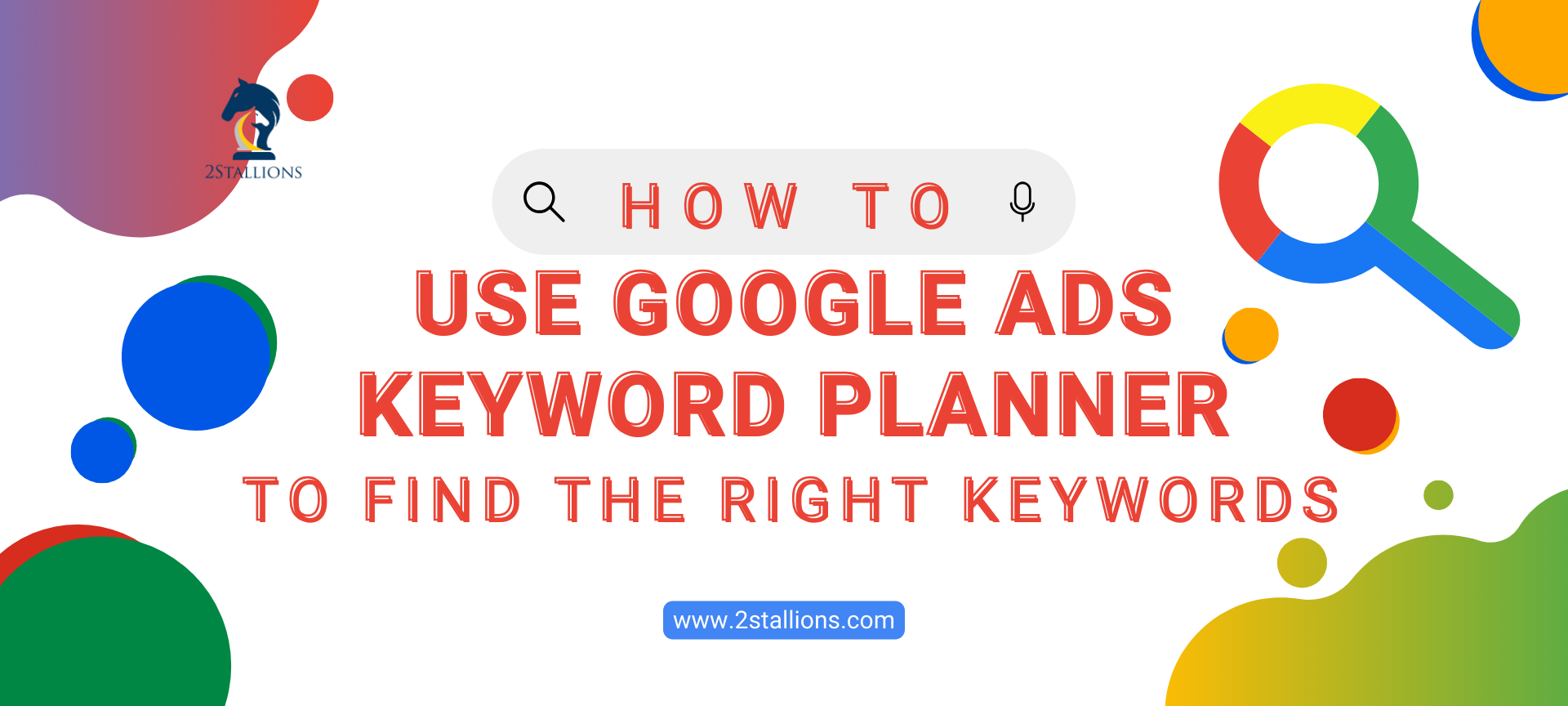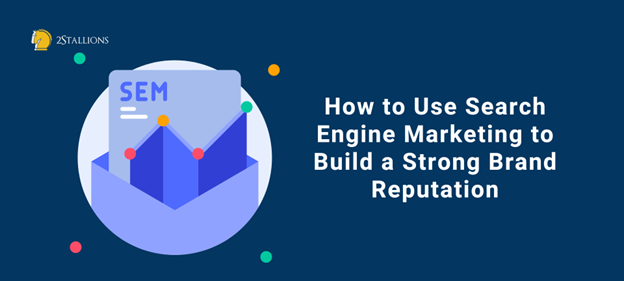Content
SHARE
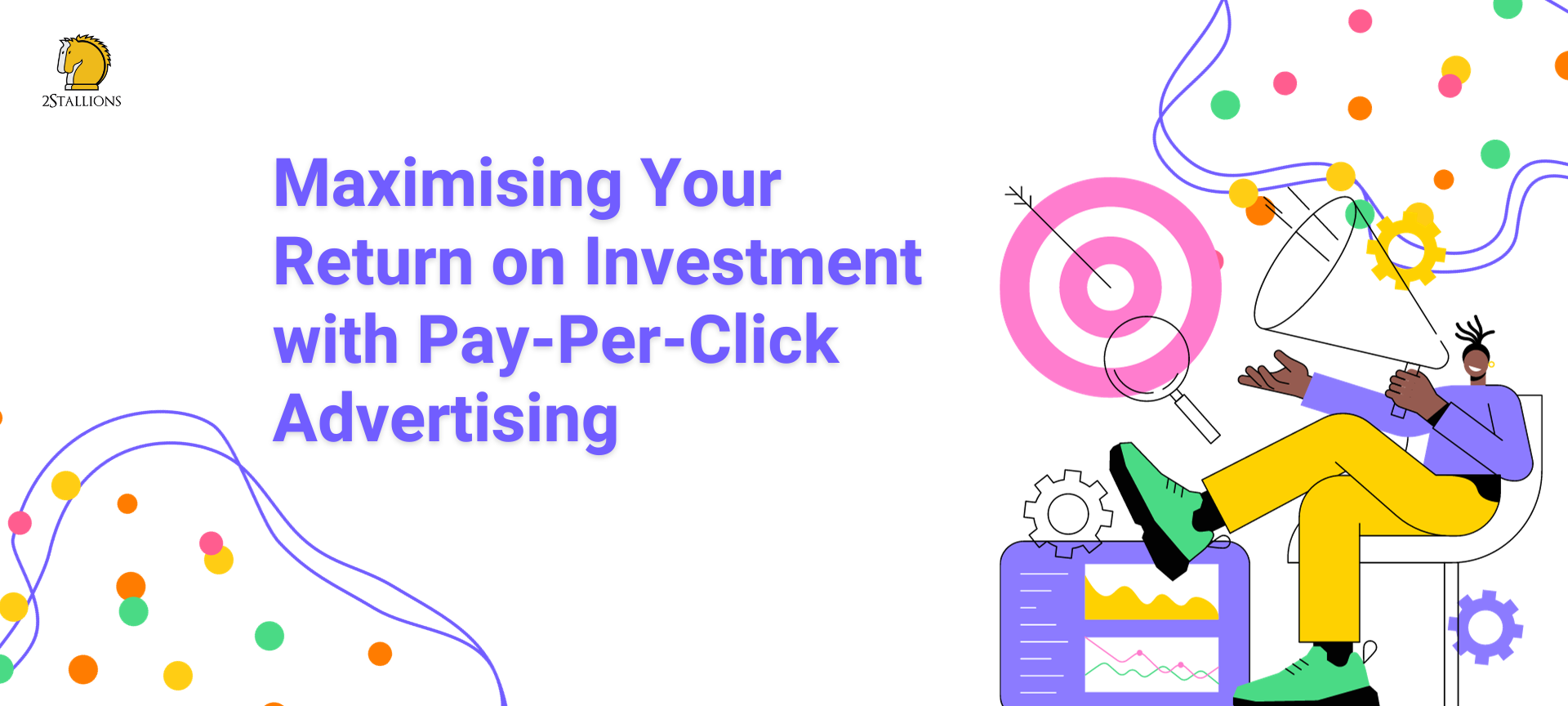
With the digital landscape continually evolving, businesses are constantly seeking new ways to reach their target audience and maximise their return on investment.
One method that has proven to be highly effective is Pay-Per-Click (PPC) advertising. This article will delve into the basics of PPC advertising, explore strategies for setting up and optimising your campaign, discuss the importance of monitoring and adjusting, and highlight common pitfalls to avoid.
By the end, you’ll be equipped with the knowledge and tools to maximise your PPC investment.
Understanding the basics of Pay-Per-Click advertising
Before diving into the world of PPC advertising, it’s essential to grasp the fundamentals. Put simply, PPC advertising is a digital marketing model where advertisers pay a fee each time their ad is clicked.
This method allows businesses to target specific keywords and display their ads prominently on search engine results pages, websites, or social media platforms. By understanding the basics, you can make informed decisions to optimise your campaign effectively.
Pay-per-click advertising, also known as PPC, has revolutionised how businesses promote their products and services online.
It offers a cost-effective way to reach a targeted audience and drive relevant traffic to your website. With PPC, you have the power to control your ad spend and measure the success of your campaigns through detailed analytics.
What is Pay-Per-Click advertising?
In essence, Pay-Per-Click advertising is an online advertising model that allows businesses to position their ads strategically and only pay when a user clicks on their ad.
This means you are not charged for ad impressions or views but for actual clicks that lead users to your website. This pay-for-performance model ensures you are getting value for your money, as you only pay when someone shows genuine interest in your ad.
One of the most popular platforms for PPC advertising is Google Ads. With Google Ads, businesses can create compelling ads that appear when users search for relevant keywords.
This targeted approach ensures that you reach potential customers actively interested in the products or services you offer. By leveraging the power of Google’s search engine, you can maximise your visibility and increase the chances of attracting qualified leads.
The role of keywords in Pay-Per-Click advertising
Keywords are the backbone of any successful PPC campaign. These are the words or phrases that users search for, triggering your ads to appear. It’s crucial to conduct thorough keyword research to identify the most relevant and high-performing keywords for your business.
Keyword research involves analysing search volume, competition, and user intent to determine which keywords are worth targeting. By selecting the right keywords, you can ensure that your ads are displayed to the right audience at the right time, increasing the chances of generating quality leads and conversions.
Moreover, it’s important to regularly review and update your keyword list to stay ahead of the competition. As search trends and user behaviour evolve, so should your keyword strategy.
You can maintain a competitive edge and drive consistent results by staying up-to-date with the latest industry trends and incorporating new keywords into your campaigns.
In addition to choosing the right keywords, optimising your ad copy and landing pages is essential to align with the user’s search intent. By creating relevant and compelling ad content, you can increase the click-through rate and improve the overall performance of your PPC campaigns.
Pay-per-click advertising offers businesses a powerful tool to reach their target audience and drive measurable results. You can leverage the full potential of PPC and achieve your marketing goals by understanding the basics and implementing effective strategies.
Setting up your Pay-Per-Click advertising campaign
Once you have a solid understanding of PPC advertising, it’s time to set up your campaign. Here are a couple of key steps to consider:
Choosing the right platform for your campaign
With various advertising platforms available, such as Google Ads, Bing Ads, or social media platforms like Facebook and LinkedIn, it’s essential to select the platform that aligns with your business goals.
Consider factors such as audience demographics, budget, and the platform’s targeting capabilities. This will ensure you maximise your reach and target the right audience for your offerings.
When choosing the right platform for your campaign, it’s important to consider the unique features and advantages each platform offers.
For example, Google Ads provides access to a vast network of search engine users, while Facebook Ads allows you to target specific interests and behaviours of its users. By understanding the strengths of each platform, you can make an informed decision that will yield the best results for your business.
Furthermore, it’s worth noting that different platforms may have varying costs associated with running your PPC campaign.
Google Ads, for instance, operates on a bidding system where advertisers compete for ad placement, while Facebook Ads offers a more flexible budgeting approach. By carefully evaluating your budget and comparing the costs across different platforms, you can ensure that your campaign aligns with your financial resources.
Defining your target audience
Knowing your target audience is crucial for any marketing campaign, and PPC is no exception. Take the time to define your audience by considering demographics, interests, and behaviours. This will enable you to tailor your ads and make them more relevant, increasing the chances of conversion.
When defining your target audience, it’s essential to conduct thorough market research. By understanding your potential customers’ needs, preferences, and pain points, you can craft compelling ad copy that resonates with them.
Additionally, leveraging tools like Google Analytics or Facebook Insights can provide valuable insights into the characteristics and behaviours of your existing audience, allowing you to refine your targeting strategy.
Moreover, it’s worth mentioning that targeting a specific audience segment can yield higher conversion rates and return on investment.
For example, if you sell luxury watches, targeting individuals with a high disposable income and an interest in luxury goods would likely result in more qualified leads.
By narrowing down your target audience, you can focus your resources on those most likely to convert, optimising the effectiveness of your PPC campaign.
Strategies for maximising return on investment
Now that your campaign is up and running, it’s time to focus on strategies to drive the best return on your investment. Consider the following:
Optimising your keyword selection
Regularly monitor and refine your keyword list to remain relevant and effective. Eliminate underperforming keywords and focus on those that generate the most clicks and conversions.
You can improve the quality of your traffic and increase your chances of generating valuable leads by constantly optimising your keyword selection.
When it comes to selecting keywords, it’s important to consider the intent of your target audience. Consider what they might be searching for when looking for similar products or services.
Conduct thorough keyword research to identify your industry’s most relevant and high-performing keywords.
Additionally, keep an eye on the latest trends and changes in your industry. Stay updated with new emerging keywords and incorporate them into your strategy. This will help you stay ahead of the competition and ensure your ads reach the right audience.
Crafting compelling ad copy
Creating engaging, persuasive ad copy is crucial in capturing the interest of potential customers. Use punchy headlines, clear calls to action, and unique selling points to entice users to click on your ads.
It’s also important to align your ad copy with the landing page the user will be directed to, ensuring a seamless and consistent user experience.
When crafting your ad copy, think about what sets your products or services apart from the competition. Highlight the unique features and benefits that make your offering irresistible to potential customers. Use persuasive language and compelling storytelling techniques to create a sense of urgency and desire.
Furthermore, feel free to experiment with different ad formats and variations. A/B testing can help you identify which ad copy performs best and allows you to make data-driven decisions to optimise your campaigns.
Continuously monitor the performance of your ads and make adjustments as needed to maximise your return on investment.
Remember, effective ad copy is not only about attracting clicks but also about driving conversions. Ensure that your landing page delivers on the promises made in your ad copy and provides a seamless user experience.
A well-crafted ad and a user-friendly landing page can significantly increase your chances of converting clicks into valuable leads or sales.
Monitoring and adjusting your Pay-Per-Click campaign
Once your PPC campaign is live, it’s essential to monitor its performance and make data-driven adjustments as necessary closely:
Analysing campaign performance
Regularly review key metrics such as click-through rates, conversion rates, and cost-per-click to gauge the effectiveness of your campaign.
Identify trends and patterns to understand what is working and what needs improvement—Utilise analytics tools provided by the advertising platforms to gain valuable insights.
Making data-driven adjustments to your campaign
Based on the analysis of your campaign performance, make informed adjustments to optimise your ad targeting, budget allocation, and ad copy.
Continuously testing different elements of your campaign, such as headline variations or demographic targeting, can help improve overall performance and increase your return on investment.
Avoiding common pitfalls in Pay-Per-Click advertising
While PPC advertising can be highly effective, there are common pitfalls that you should be aware of to ensure your campaign’s success:
Overcoming challenges with budgeting
It’s important to set a realistic budget for your PPC campaign and regularly monitor your spending. Adjust your budget strategically based on the performance of your ads and the return on investment you are achieving. Avoid overspending or underspending, as both can hinder the success of your campaign.
Navigating the complexities of ad placement
Where your ads appear can significantly impact the success of your campaign. It’s essential to understand the different ad placement options available and select the ones that will maximise your reach and visibility. Experiment with different ad placements and evaluate their performance to find the sweet spot for your campaign.
In conclusion, maximising your return on investment with Pay-Per-Click advertising requires a deep understanding of its fundamentals, strategic setup, continuous optimisation, and avoiding common pitfalls.
Following these guidelines and staying informed on the latest trends and best practices, you can take full advantage of PPC advertising to grow your business and achieve exceptional results.



